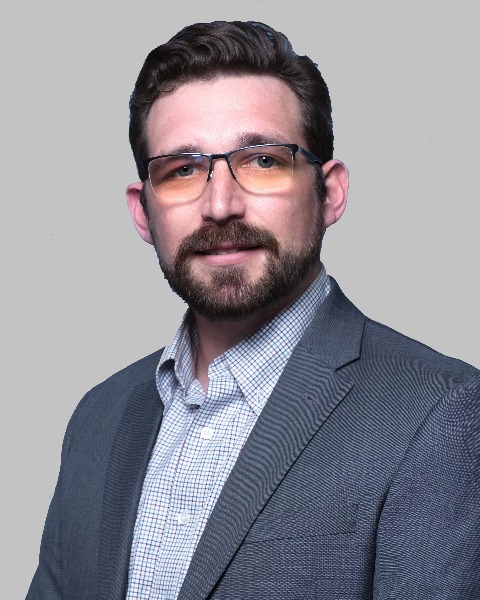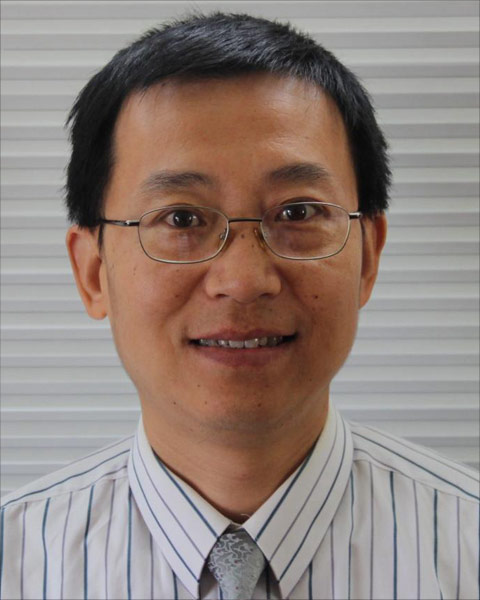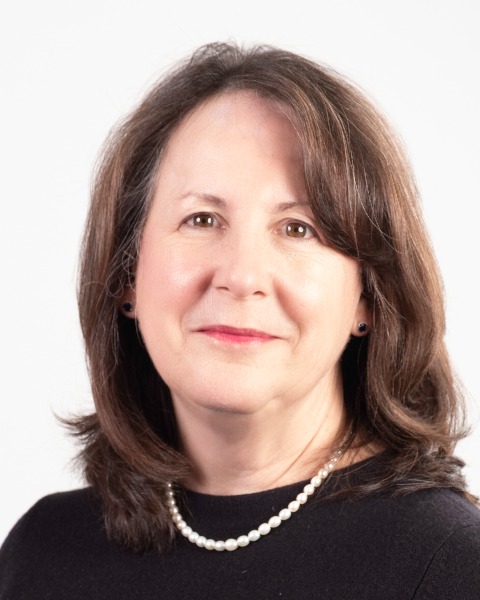Tinnitus and Hyperacusis (TH)
(PP1410) Are All Tinnitus Assessments and Management Amongst Audiologists Equal
.jpg)
Thea A. Holder, BS
Student
The State University of New York at Buffalo
Buffalo, New York, United States- II
Ieda Ishida, PhD
Research Audiologist
Sonova Canada, United States 
Adam Sheppard, Center for Hearing and Deafness
Assistant Professor
University at Buffalo
Buffalo, New York, United States
Wei Sun, PhD
Associate Professor
University at Buffalo
Buffalo, New York, United States- JQ
Jinyu Qian
VP, Innovation Centre Toronto
Sonova Canada, United States 
Christina T. Stocking, AuD
Clinical Professor
University at Buffalo
Amherst, New York, United States
Lead Presenter(s)
Presenter(s)
- Audiology clinical practice guidelines (CPG) for tinnitus assessment and management have been available although not enforced. We investigated what clinical practices are commonly used by audiologists with tinnitus patients. Through an online survey in the United States and Canada. Out of 61 respondents, 70% were from the United States and 30%, from Canada, and indicated good confidence in clinical management of tinnitus patients (average of 72.5% out of 100%). This survey revealed that few audiologists administer a truly comprehensive tinnitus assessment as indicated in published CPG, and approximately 20% do not recommend counseling or sound therapy to manage tinnitus.
Summary:
- Detail of learner outcome:
- A summary of current guidelines for tinnitus assessment and management by the American Academy of Otolaryngology-Head and Neck Surgery Foundation (AAO-HNSF), the American Academy of Audiology (AAA), and the American Speech-Language and Hearing Association (ASHA) will be provided for learners to incorporate in their own practices. .
- This study investigated what percentage of audiologists follow the above guidelines by asking what clinical practices are most commonly used in tinnitus management and assessment. The results bring awareness to gaps in standardization.
- Rationale: There is a multitude of ways to assess and manage tinnitus. In 2014, the American Academy of Otolaryngology-Head and Neck Surgery Foundation (AAO-HNSF) created a set of clinical practice guidelines (CPGs). There are additional recommendations also released by other organizations such as the American Academy of Audiology (AAA), and the American Speech-Language and the Hearing Association (ASHA). Studies have also reported benefits from additional methods of assessment as well. The prevalence of audiologists who follow these guidelines has been unexplored. This study compares the responses from audiologists in the United States and Canada about their current tinnitus practices with these guidelines and recommendations.
Design: This study utilized an online survey design distributed via a link to audiologists in the United States of America and Canada. The study flyer was sent to audiologists through AAA’s newsletter and posts on various Facebook pages. This survey was also distributed to Canadian Audiologists via mailing lists through the Nova Scotia College of Audiologists and Speech-Language Pathologists (NSCASPL), the Saskatchewan Association of Speech-Language Pathologists and Audiologists (SASLPA), and the Quebec Association of Speech-Language Pathologists and Audiologists (QALSPA).
Results: These results reflect 61 audiologists who completed the questions related to tinnitus assessment and management. 70% of respondents were from the United States and 30% were from Canada. They represented < 1 to 35 years of clinical experience. These audiologists reported an average confidence in tinnitus assessment and management of 72.5%.
When asked about methods of tinnitus assessment, audiologists reported using 0.25-8 kHz pure tone audiometry (100%), standardized questionnaires (68%), immittance testing (67%), tinnitus pitch and loudness matching, and OAEs (55%). Fewer audiologists (< 45%) utilized minimum masking levels, loudness discomfort levels, and extended high-frequency audiometry. There is a discrepancy amongst AAO-HNSF, AAA, and ASHA, where AAO-HNSF does not recommend the use of tinnitus pitch and loudness matching. ASHA does not recommend loudness discomfort levels. OAEs and extended high-frequency testing have gained support from peer-reviewed literature but are not recommended by professional organizations.
When asked what their treatment plan consists of, at least 79% of audiologists reported using the following tools (ordered from most to least commonly used): information counseling, fitting hearing aids, management counseling, and sound therapy. While CPGs strongly recommend the use of counseling, sound therapy is listed as an optional management tool. Both AAA and ASHA recommend sound therapy for tinnitus management.
Conclusion: 80% of audiologists adhere to clinical guidelines for tinnitus management and assessment and refer for the highly recommended management counseling and sound therapy. Reasons for non-adherence and barriers of 20% of audiologists require further investigation.
Learning Objectives:
- identify current clinical practice guidelines for tinnitus assessment and management, and how often they are adhered to.
